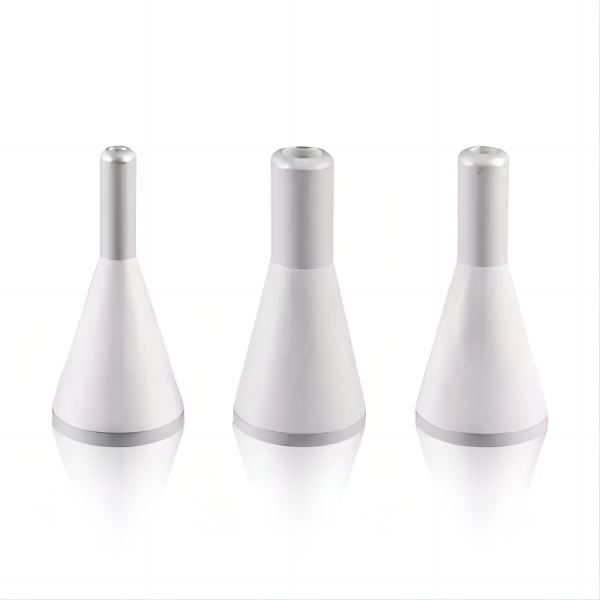Welding is the basic process of electronic manufacturing in the automotive welding area, and choosing the proper selective welding nozzle to choose the wave soldering opportunity will significantly affect the quality and efficiency of the work. With the wide range of options available, it is critical to understand the key factors that influence nozzle selection. In this case, we’ll take you through selecting the perfect nozzle to ensure your welding tasks become easier and more productive than ever. Such as nozzle ERSA, nozzle JT, and nozzle Sun East.
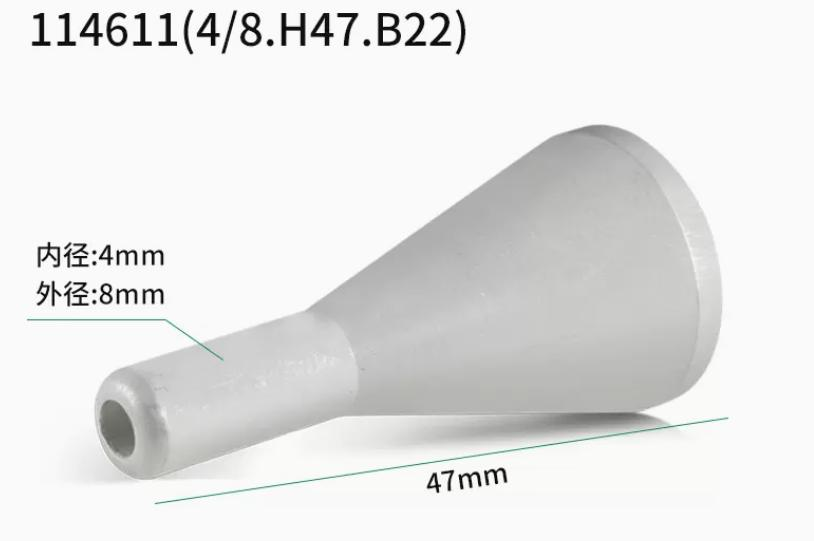
Introduction
Soldering, the process of joining components to a circuit board, relies heavily on the precision of the equipment used. One of the most crucial elements is the soldering nozzle. It determines the heat distribution, contact area, and overall soldering quality. Here, we delve into the intricacies of selecting the right soldering nozzle for your projects. Whatever ERSA selective soldering, JT selective soldering machine, SUN EAST wave soldering.
Understanding Soldering Nozzles
Soldering nozzles are attachments that fit onto the tip of a soldering iron. They come in various shapes and sizes, each designed for specific soldering tasks. Flux nozzles or soldering nozzle help control the flow of heat onto the joint, ensuring effective soldering and preventing damage to sensitive components.
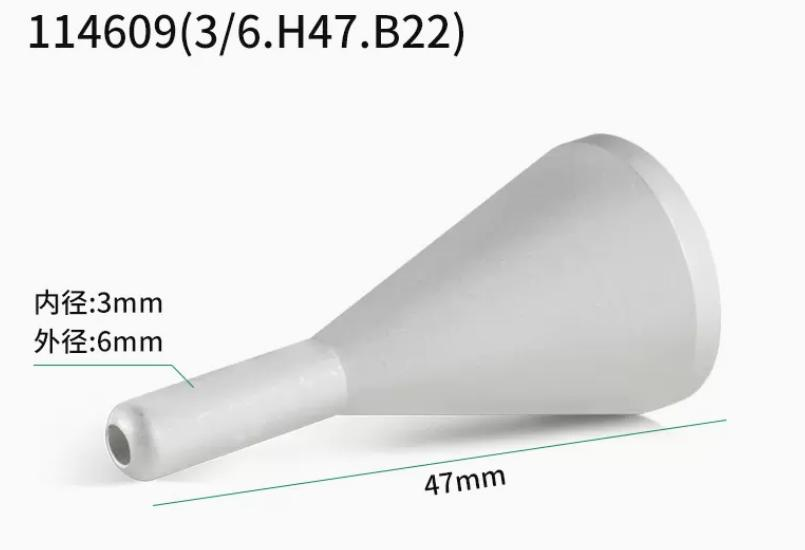
Factors to Consider When Choosing a Nozzle
Material Compatibility
Select a nozzle that suits the type of solder and components you’re working with. Different materials require varying heat levels for proper bonding.
Nozzle Size and Shape
Nozzle size affects the amount of heat concentrated on the joint. Smaller nozzles offer precision, while larger ones are suitable for larger connections.
Application Type
Consider the nature of your soldering tasks—whether it’s surface mount technology (SMT) or through-hole components. The right nozzle enhances efficiency.
Temperature Control
Adjustable temperature settings on nozzles allow you to fine-tune heat application, preventing overheating or insufficient bonding.
Durability and Maintenance
Choose a durable nozzle made from quality materials. Regular maintenance, such as cleaning, ensures longevity and consistent performance.
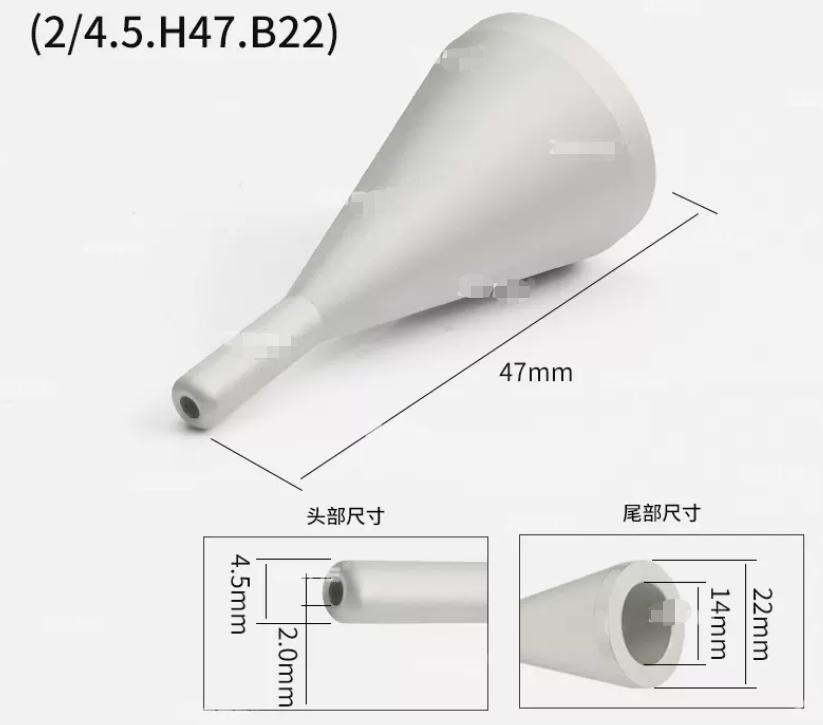
Types of Soldering Nozzles or Flux Nozzles
Different projects demand specific nozzles. Conical, chisel, hoof, and micro nozzles cater to various soldering requirements.
Step-by-Step Guide to Nozzle Selection
- Identify the soldering task.
- Determine the appropriate temperature range.
- Choose a nozzle type based on the joint’s size and components.
- Ensure compatibility with your soldering iron model.
Expert Tips for Optimal Soldering Results
Effective soldering goes beyond nozzle selection:
- Preheat components to prevent thermal shock.
- Apply the right amount of flux for smooth solder flow.
- Employ proper soldering techniques, such as drag or touch methods.
- Regularly clean the nozzle to avoid buildup and maintain consistent heat transfer.
Common Mistakes to Avoid
Avoid these pitfalls:
- Using the wrong size nozzle for the joint.
- Neglecting temperature adjustments for specific components.
- Skipping flux application, leading to poor solder adhesion.
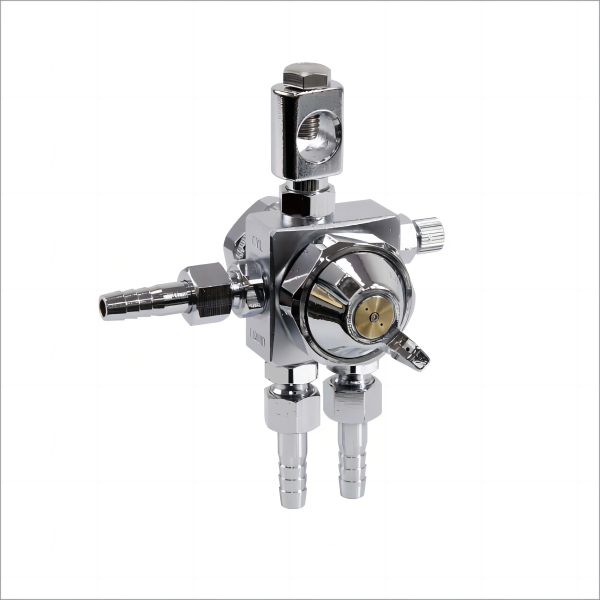
Conclusion
The selection of the right soldering nozzle is a critical aspect of achieving impeccable soldering results. By considering material compatibility, size, application, temperature control, and maintenance, you’ll be equipped to tackle various soldering tasks with confidence. Follow expert tips and avoid common mistakes to make your soldering tasks simpler and more effective.
FAQs
Q: Can I use the same nozzle for all soldering tasks?
A: It’s best to match the nozzle to the specific task to ensure optimal results.
Q: How often should I clean the soldering nozzle or flux nozzle?
A: Regular cleaning after each use prevents buildup and maintains efficiency.
Q: Can I use different solder types with the same nozzle?
A: Choose a nozzle compatible with the solder type you plan to use.
Q: What’s the advantage of adjustable temperature nozzles?
A: Adjustable temperature allows precise control, preventing damage to sensitive components.
Q: Can a damaged nozzle affect soldering quality?
A: Yes, a damaged or worn-out nozzle can lead to inconsistent heat transfer and poor soldering results.

